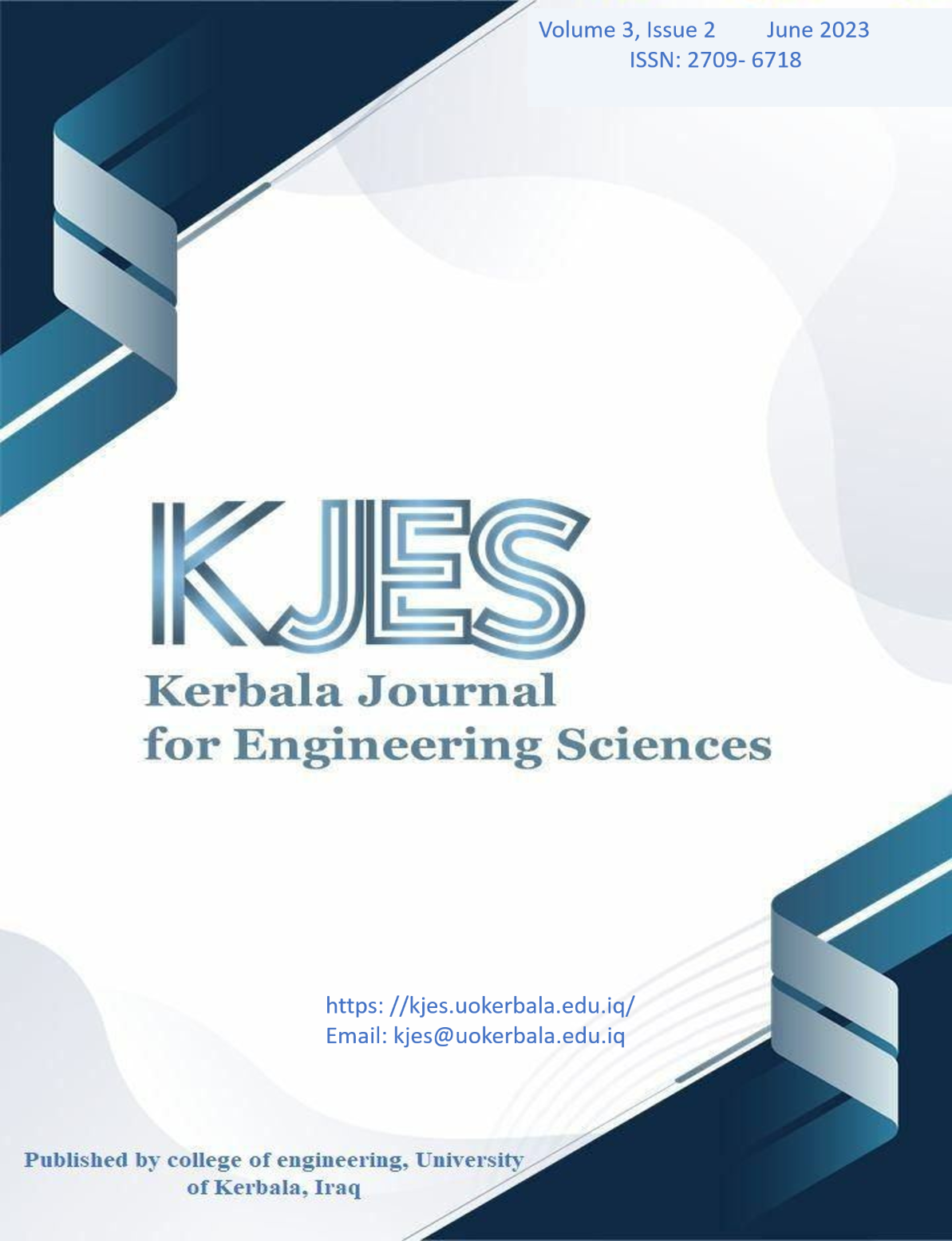Abstract
This article focuses on two aims the first one is to define and modeling rock types of Zubair
formation in Basrah and the second one is to modeling the petrophysical properties of Zubair
formation. Accurate methods have been used to achieve these aims. The rock formations of the
Zubair oil field was analyzed and important results were obtained from that analysis, then 4 rock
samples from the reservoirs in the Zubair formation have taken at different depths at different
temperature, pressure, and rock type. We used Mercury Injection and Gamma-ray Logging to
determine and calculate the porosity of these rock samples, also we used deep autoencoders in
borehole image logs to determine and calculate permeability. At "Mercury Injection" Method, the
results of this study have suggested that the estimated accessible porosity has been considerably
decreased in the case of implementing new corrections on the MICP (i.e. Mercury Injection
Capillary Pressure) test data. From the “Gamma Ray “method we found that the level of the
gamma-ray has been assumed to be associated with the size of the grain. We found that the best
depth to calculate the properties of sandstone is (650 – 1100 m) underground. We found that the
best depth to calculate the properties of shale is (1300 – 1650 m) underground.
formation in Basrah and the second one is to modeling the petrophysical properties of Zubair
formation. Accurate methods have been used to achieve these aims. The rock formations of the
Zubair oil field was analyzed and important results were obtained from that analysis, then 4 rock
samples from the reservoirs in the Zubair formation have taken at different depths at different
temperature, pressure, and rock type. We used Mercury Injection and Gamma-ray Logging to
determine and calculate the porosity of these rock samples, also we used deep autoencoders in
borehole image logs to determine and calculate permeability. At "Mercury Injection" Method, the
results of this study have suggested that the estimated accessible porosity has been considerably
decreased in the case of implementing new corrections on the MICP (i.e. Mercury Injection
Capillary Pressure) test data. From the “Gamma Ray “method we found that the level of the
gamma-ray has been assumed to be associated with the size of the grain. We found that the best
depth to calculate the properties of sandstone is (650 – 1100 m) underground. We found that the
best depth to calculate the properties of shale is (1300 – 1650 m) underground.
Keywords
autoencoders
gamma ray.
modeling
petrophysical properties
Rock formations
Zubair oilfield
Keywords
التكوينات الصخرية، الخواص البتروفيزيائية، حقل الزبير النفطي، النمذجة، اجهزة التشفير التلقائي، اشعة كاما
